supplementary lighting for passive solar greenhouse
joannaqcw
14 years ago
Related Stories
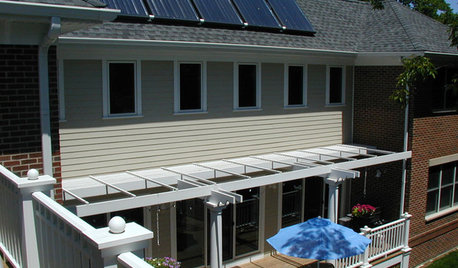
ARCHITECTUREArchitect's Toolbox: Solar-Powered Design
See how your home's design can take advantage of the sun's natural energy all year
Full Story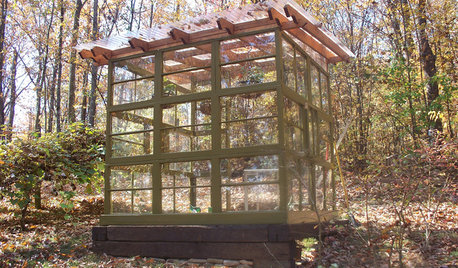
GARDENING AND LANDSCAPINGSee a Family Greenhouse Grown From Scraps
Can-do resourcefulness and less than $400 lead to a new 8- by 8-foot home for plants on a Tennessee family's property
Full Story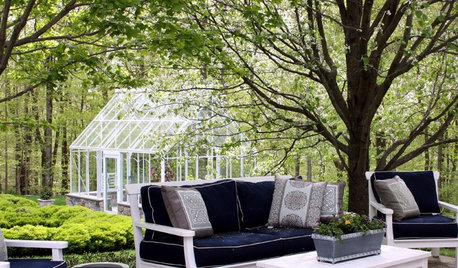
Houzz Call: Show Us Your Greenhouse
Submit a photo of your greenhouse and share what's growing!
Full Story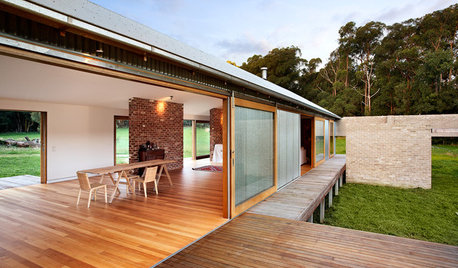
ARCHITECTUREHow Thermal Mass Keeps You Warm and Cool
Passive solar design makes use of this element. Here’s how it works and how you can get it in your home
Full Story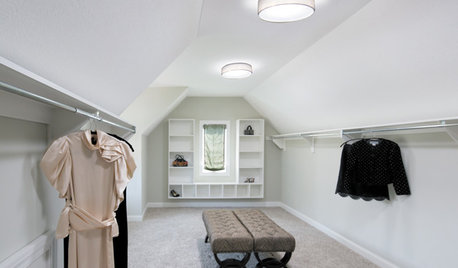
GREAT HOME PROJECTSHow to Add a Skylight or Light Tube
New project for a new year: Increase daylight and maybe even your home’s energy efficiency by opening a room to the sky
Full Story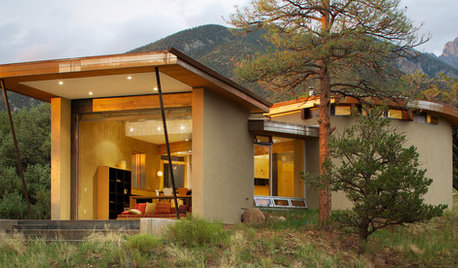
GREEN BUILDING5 Vacation Homes That Live Lightly on the Land
Check out the energy-efficient elements that give these weekend getaways a green touch
Full Story
GREEN BUILDINGHouzz Tour: Going Completely Off the Grid in Nova Scotia
Powered by sunshine and built with salvaged materials, this Canadian home is an experiment for green building practices
Full Story
GREEN BUILDINGThe Big Freeze: Inventors Break New Ground to Keep Things Cool
Old-fashioned fridges can be energy guzzlers, but there are more eco-friendly ways of keeping food fresh, as these global innovations show
Full Story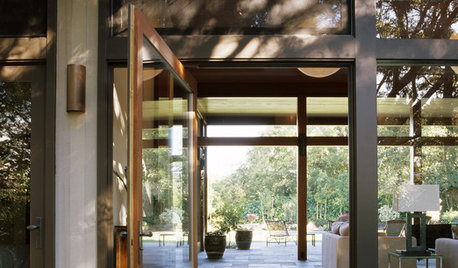
WINDOWS11 Ways to Create Indoor-Outdoor Connections
Expand nature's soothing embrace with sliding doors, covered porches, generous windows and more
Full Story
GREEN BUILDINGOff the Grid: Ready to Pull the Plug on City Power?
What to consider if you want to stop relying on public utilities — or just have a more energy-efficient home
Full Story






ontheteam
polcat
Related Professionals
Baltimore Landscape Architects & Landscape Designers · Glendora Landscape Architects & Landscape Designers · Saint Louis Park Landscape Architects & Landscape Designers · Taylorsville Landscape Architects & Landscape Designers · East Patchogue Landscape Architects & Landscape Designers · Waterbury Landscape Contractors · Bellefontaine Neighbors Landscape Contractors · Emmaus Landscape Contractors · La Mirada Landscape Contractors · North Chicago Landscape Contractors · Peoria Landscape Contractors · Severna Park Landscape Contractors · West Chicago Landscape Contractors · Markham Landscape Contractors · Brooklyn Center Solar Energy Systemsdcarch7 d c f l a s h 7 @ y a h o o . c o m
joannaqcwOriginal Author
joannaqcwOriginal Author
dcarch7 d c f l a s h 7 @ y a h o o . c o m
calliope
wordwiz
jrslick (North Central Kansas, Zone 5B)
dcarch7 d c f l a s h 7 @ y a h o o . c o m
Belgianpup
calliope
dcarch7 d c f l a s h 7 @ y a h o o . c o m
wordwiz
calliope
dcarch7 d c f l a s h 7 @ y a h o o . c o m
wordwiz